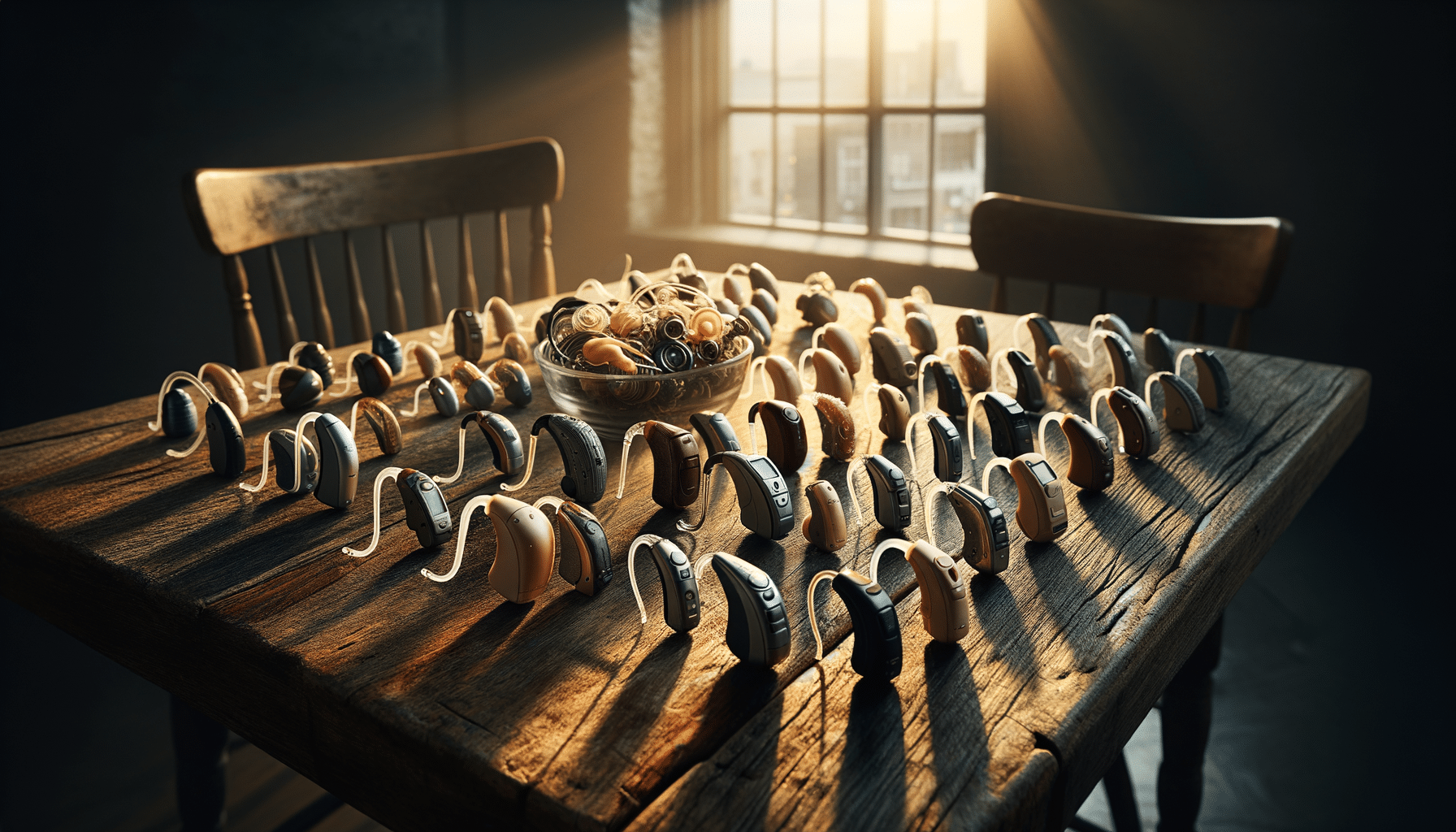
Garden Sculpture Buying Guide: A Complete Analysis of Materials, Styles, and Placement
Introduction to Garden Statues
Garden statues have been a staple in landscaping for centuries, adding character and beauty to outdoor spaces. They serve as focal points, guiding the eye through the garden and often telling a story or reflecting the personality of the gardener. Selecting the right garden statue involves careful consideration of various factors, including material, style, and placement. In this article, we will explore these elements to help you make an informed decision that enhances the overall aesthetic of your garden.
Choosing the Right Material
The material of your garden statue is a critical factor in determining its longevity and aesthetic appeal. Common materials include stone, metal, ceramic, and resin, each offering unique benefits:
- Stone: Renowned for its durability, stone can withstand harsh weather conditions. It ages beautifully, developing a natural patina over time that adds to its charm.
- Metal: Metals like bronze and iron bring a sleek, modern look to gardens. They are sturdy but may require maintenance to prevent rust.
- Ceramic: These statues are often vibrant and detailed but may be more susceptible to damage in extreme weather.
- Resin: Lightweight and versatile, resin statues are often more affordable and can mimic the appearance of more expensive materials.
When choosing a material, consider your local climate and the level of maintenance you are willing to commit to. A statue that complements both your garden’s style and your lifestyle will provide the most satisfaction.
Exploring Different Styles
Garden statues come in a wide range of styles, from classical to contemporary, allowing you to express your personal taste and complement your garden’s design. Some popular styles include:
- Classical: Inspired by ancient Greek and Roman art, these statues often depict mythological figures and are ideal for formal gardens.
- Modern: Featuring abstract designs and clean lines, modern statues suit minimalist landscapes and those seeking a contemporary look.
- Whimsical: Fun and playful, whimsical statues add a touch of humor and personality, perfect for informal gardens.
- Wildlife: Animal statues can bring a sense of nature and life to your garden, appealing to wildlife enthusiasts.
Consider the existing elements in your garden and how a particular style will blend or contrast with them. A well-chosen statue can enhance the theme and feel of your garden tremendously.
Strategic Placement for Impact
Where you place your garden statue is just as important as the statue itself. The right placement can highlight features of your garden and create a sense of balance and harmony. Here are some tips for strategic placement:
- Focal Points: Use statues as focal points to draw attention to specific areas of the garden.
- Pathways: Placing statues along a garden path can guide visitors and create an inviting journey through the space.
- Water Features: Statues near ponds or fountains can enhance the tranquility and beauty of these areas.
- Natural Backdrops: Positioning statues against trees or shrubs can provide a contrasting background that enhances their visibility.
Think about the sightlines from various points in your garden, as well as from inside your home. A statue viewed from a window can create a seamless connection between indoor and outdoor spaces.
Conclusion
Choosing a garden statue involves more than just picking a piece that catches your eye. By carefully considering the material, style, and placement, you can select a statue that not only complements your garden but also stands the test of time. Whether you prefer classic elegance or modern creativity, your choice will reflect your personality and enhance your outdoor space. Remember, the right statue can transform your garden into a personal sanctuary, providing beauty and inspiration for years to come.


